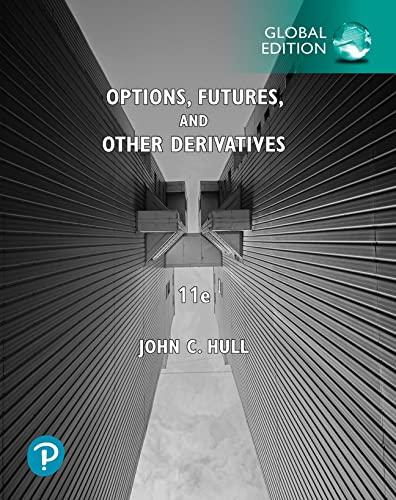Question
Choose a mature or value stock (In contrast to growth stocks, mature stocks should have a low growth in EPS, low beta, low market/book ratio,
Choose a mature or value stock (In contrast to growth stocks, mature stocks should have a low growth in EPS, low beta, low market/book ratio, low P/E) that has not been chosen by other students. Estimate its range of values. (Hint: See the attached file named Valuation of Royal Dutch use the same method for your chosen stock. However, I estimated Royal Dutchs stock sometimes ago, you need to use current data, also, at that time I was using another edition of your textbook, so page references are probably wrong). You could also go to my lecture notes and look at the Constant Growth Model on page 3.
Here are the steps to follow: Choose a mature stock. Dont choose Netflix or similar stocks, these are growth stock and the formula of mature stocks do not work for growth stocks, for growth stocks one needs to use multi-stage growth model. Value stocks usually have beta less than 1 and P/E less than 16. Find its dividend growth rate. You need to see how much dividend was 10 years ago, and what is dividend now. Then Use Excels Rate to estimate the rate of growth. For example if 10 years ago dividend was $1 and now it is $2, then we can estimate growth in dividend = g = RATE(10,0,-1,2) = 7.18 % Estimate K; we can estimate K in two different methods: D1/P0 + g, here you have estimated g above. Since you have current dividend, then you can estimate D1= D0*(1=G) and P0 is the current stock piece. The second method of estimating k = CAPM= Kf + b* (Historical Market Risk Premium). Kf is the current rate of 10-year Treasury note widely available and b is the beta of the stock, again widely available. And use 5.5% to 7 % for Historical market risk premium. Your final K must be the average of the two methods. Now you have all variables and write the stock value, P = D1/(K g) You have estimated all the above variables and plug in and find the stocks value or price. Do a sensitivity analysis, change g by + - 0.5 % and see what happens to value. Then change K by + - 0.5% and see what happens to value. This way you get a range of values for your chosen stock.
Step by Step Solution
There are 3 Steps involved in it
Step: 1

Get Instant Access to Expert-Tailored Solutions
See step-by-step solutions with expert insights and AI powered tools for academic success
Step: 2

Step: 3

Ace Your Homework with AI
Get the answers you need in no time with our AI-driven, step-by-step assistance
Get Started


